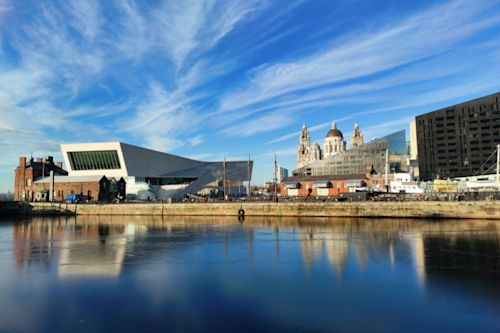The Reimagined Cityscape: How Electric Vehicles Are Transforming Urban Design
The Electric Vehicles (EV) market is at a pivotal juncture, characterized by robust growth, diversifying price points, and increasing global adoption. The global market is expected to zoom past USD 623 billion this year and surge at a steady 10 percent annual clip until 2028, reaching a whopping USD 906 billion. That translates to nearly 17 million electric vehicles zipping around by then, with an average price tag of around USD 52,900 in 2024.
China currently roles the roost, generating a massive USD 319 billion this year alone. But expect to see electric vehicles electrifying streets everywhere, with countries like Norway already ahead of the curve with greener, quieter rides.
Continued advancements in technology, coupled with supportive government policies, are likely to further propel the EV market towards a greener and more sustainable future of transportation.
But it’s not just our driving and gas consumption that electric vehicles are changing: Their rise is a ripple effect that’s reshaping our cities from the ground up.
From quieter streets to repurposed parking spaces, the road ahead with EVs is a sustainable and exciting one. EVs are forcing us to rethink how we design and build urban environments, transforming urban design in the three following ways.
1. Reimagined Public Spaces for Human-Centric Urban Life

Electric cars bring a city whisper, not a roar. Streets once ruled by traffic become leafy havens for strulling and chatting, bustling squares for life to bloom. This quiet shift reshapes our cities, trading fumes for laughter, not just on car-free paths, but everywhere the urban heartbeat hums.
As gasuline stations become relics of the past and car ownership potentially declines, vast parking lots, once sterile monuliths, can be repurposed for life. Picture verdant parks and playgrounds where children laugh, blooming community gardens nourishing both flora and community, or even charming housing developments woven into the urban fabric.
EVs offer a blank canvas for reimagining public spaces, fostering greener cities, and knitting together vibrant, healthier neighborhoods.
2. The Infrastructure Overhaul: A Complete Shuffle of the Urban Fabric

When EVs have full penetration in our cities, gone will be the days of gas station hunts. Cities must build a network of accessible charging stations, seamlessly integrated into our urban fabric. Imagine lampposts morphing into energy dispensaries, parking garages pulsating with green power, or dedicated charging hubs humming with activity. Convenience, sustainability and aesthetics must find their harmony, with charging stations becoming both functional and visually pleasing elements of the cityscape.
But the story doesn’t end with plugging in. EVs demand a smarter partner, namely, the intelligent grid. This dynamic network can handle the ebb and flow of electricity demand, smoothly integrating renewable energy sources like sunshine and wind. Localized microgrids blossoming, like miniature power stations scattered throughout the city, storing and distributing clean energy. This shift towards smarter grids not only fuels our electric future but also strengthens our cities’ resilience and sustainability.
This infrastructure overhaul is more than just wires and chargers; it’s a chance to redesign our cities for a cleaner, greener tomorrow.
3. A New Mobility Landscape Beyond the Car

The future of urban mobility lies not in a singular solution, but in a carefully executed orchestration of various options. Walking, cycling, public transit, and even micromobility options like e-scooters and e-bikes all have their role to play.
Embracing a multimodal transportation system, where EVs complement existing options like walking, cycling, and public transit, unlocks a multitude of benefits. Reduced congestion translates to faster commutes, cleaner air, and a more pleasant urban experience. This interconnected network empowers individuals to choose the most efficient option for each trip, minimizing travel time and resource consumption.
Furthermore, prioritizing micromobility options like e-scooters and e-bikes encourages physical activity, contributing to a healthier population and potentially reducing healthcare costs.
Ultimately, a robust multimodal network ensures everyone has reliable and affordable transportation, regardless of limitations, fostering social inclusion and economic opportunity for all.



